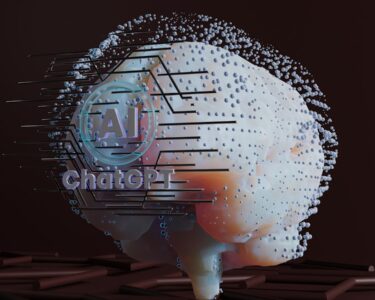Artificial Intelligence (AI) continues to be a subject of intense debate, particularly regarding the nature of large language models (LLMs) like OpenAI’s GPT-4. As these systems grow increasingly sophisticated, a fundamental question emerges: are they genuinely intelligent, or are they merely highly proficient at mimicking intelligence? To explore this, we must examine the definition of true AI, the operational principles of LLMs, and the complexities of intelligence itself.
Understanding “True” AI
AI encompasses a range of technologies that replicate tasks typically associated with human cognition. These tasks include learning, problem-solving, reasoning, natural language understanding, perception, and creativity. AI is generally classified into two categories:
- Narrow AI: Designed for specific tasks, such as recommendation systems, image recognition, and language models like GPT-4. While these systems can outperform humans in specialized areas, they lack broader cognitive abilities.
- General AI: Also known as Strong AI, this type would have the capacity to comprehend, learn, and apply knowledge across various domains in a manner similar to human intelligence. However, such a system remains theoretical and has yet to be realized.
How LLMs Work
LLMs fall under the category of Narrow AI. These models are trained on massive datasets sourced from books, websites, and other written materials. Their learning process involves adjusting billions of neural network parameters to predict and generate coherent text based on input.
Here’s a simplified look at their functioning:
- Data Collection: LLMs ingest vast amounts of text to identify linguistic patterns and relationships.
- Training Process: Through machine learning techniques like supervised learning and reinforcement learning, these models fine-tune their parameters to enhance text generation accuracy.
- Inference: Once trained, LLMs can produce text, translate languages, answer questions, and perform various language-based tasks by drawing from learned patterns.
Intelligence: Imitation or Reality?
The key debate surrounding LLMs is whether they genuinely possess intelligence or merely simulate it.
- Imitation of Intelligence: LLMs generate responses that appear human-like and contextually relevant. However, their functionality is based on identifying and applying learned patterns rather than true comprehension or reasoning.
- Actual Intelligence: Genuine intelligence involves understanding, reasoning, and applying knowledge independently across different scenarios. LLMs do not have self-awareness, conscious thought, or true comprehension; their responses stem from statistical correlations rather than independent cognition.
The Turing Test and Its Implications
Alan Turing’s famous test evaluates an AI’s ability to exhibit human-like conversational abilities. Many LLMs can engage in dialogues that convincingly mimic human interaction, leading some to claim they exhibit intelligence. However, critics argue that merely passing the test does not equate to true understanding or consciousness.
Strengths and Limitations of LLMs
LLMs have revolutionized numerous applications, including automated content creation, customer service, and language translation. Despite their capabilities, they also have significant limitations:
- Lack of True Understanding: LLMs do not comprehend meaning; they only recognize patterns in data.
- Potential Bias and Errors: Since they are trained on real-world text, they can unintentionally replicate biases and generate misleading or incorrect information.
- Data Dependency: Their knowledge is confined to what they have been trained on, preventing them from reasoning beyond learned patterns.
The Future of AI and LLMs
While LLMs represent a milestone in AI advancement, they are not equivalent to human intelligence. They are powerful tools for natural language processing, but they do not possess genuine reasoning abilities or consciousness. The distinction between simulation and true intelligence remains clear: LLMs may convincingly mimic thought processes, but they do not actually think.
As AI technology progresses, the boundary between imitation and real intelligence may become increasingly blurred. For now, LLMs stand as impressive examples of how far machine learning can go in replicating aspects of human communication, even if they are simply skilled at simulating intelligence rather than possessing it.






